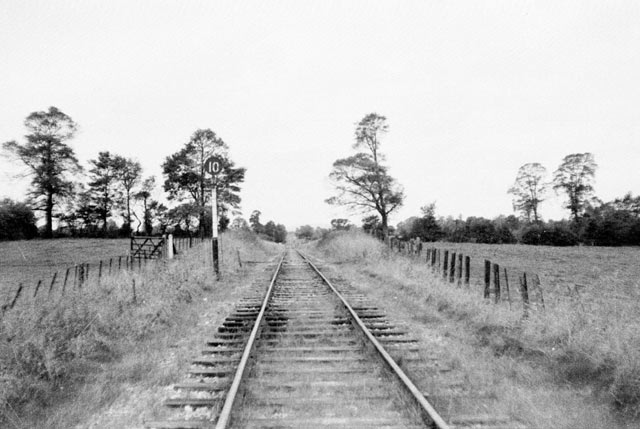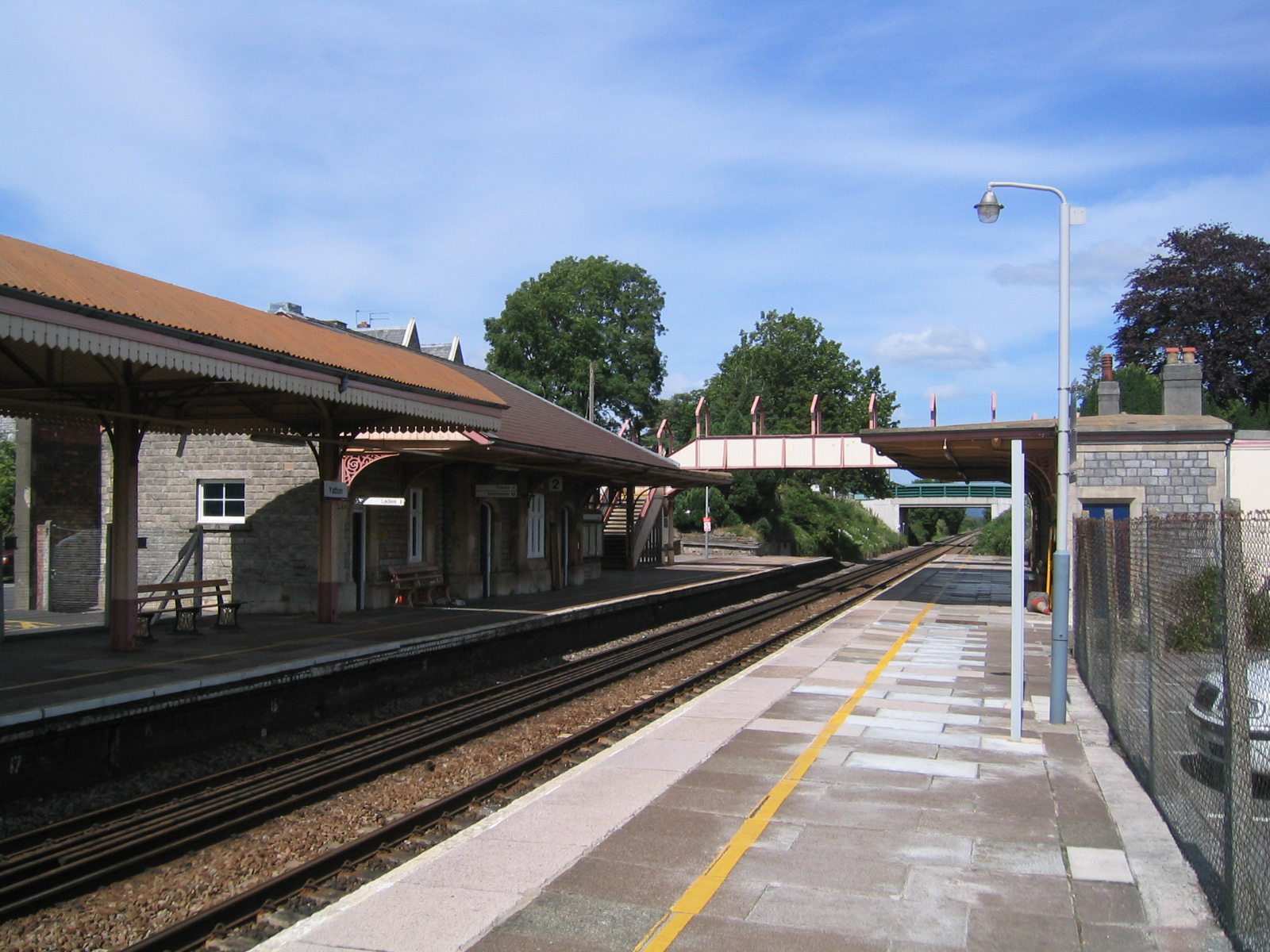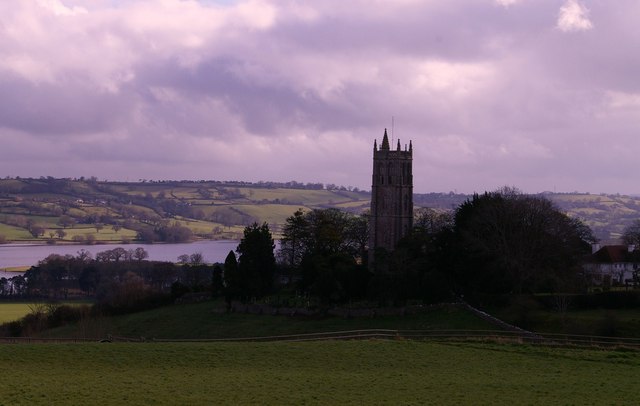|
Wrington
Wrington is a village and a civil parish, civil and ecclesiastical parish on the north slopes of the Mendip Hills in North Somerset, England. Both include nearby Redhill, Somerset, Redhill. Wrington lies in the valley of the Congresbury Yeo river, about east of Weston-super-Mare and south-east of Yatton. Its population was 2,633 at the 2011 Census. History The village was inhabited in Roman Empire, Roman times and there is evidence of Saxons, Saxon occupation as well. Historically it was part of the Hundred (county subdivision), hundred of Brent-cum-Wrington (hundred), Brent-cum-Wrington. Wrington cottage hospital, Cottage Hospital opened in 1864, initially for 24 patients. The first surgeon was Horace Swete, author of the ''Handy Book of Cottage Hospitals'', to which Florence Nightingale also referred in 1869. Wrington had a Wrington railway station, railway station between 1901 and 1963, on the Wrington Vale Light Railway that ran from Congresbury to Blagdon. Governance ... [...More Info...] [...Related Items...] OR: [Wikipedia] [Google] [Baidu] |
Redhill, Somerset
Redhill is a compact village at the foot of a 173 m ( AOD) hill of the same name to its east and north-east. Its lower level local authority is the civil parish of Wrington which is in North Somerset, England. It straddles the A38 Bridgwater-Bristol Road. It is about SSW of Bristol and close to Bristol Airport. History The earliest record of the name Redhill that has been found is on Day & Master's map of Somerset from as late as 1782. The name may simply derive from the appearance of the unmetalled road up the hill, with deep cartwheel ruts scored into the red earth. Alternatively the name may mean Roe Hill or Roe Hollow, alluding to the roe deer which are still plentiful in the area. Some dictionaries give the name as deriving from Ragiol, a village featured in the Domesday Book of 1086; this however, seems more likely to be Regil or Ridgehill. Prehistory There are at least three prehistoric structures in Redhill. There were at least six barrows here, though the m ... [...More Info...] [...Related Items...] OR: [Wikipedia] [Google] [Baidu] |
Wrington Railway Station
Wrington railway station was a station at Wrington on the Wrington Vale Light Railway, which ran from Congresbury to Blagdon, in Somerset, England. The station was opened on 4 December 1901 as a single-platform station. The station provided a service to passengers up until 14 September 1931, mostly to Bristol via Congresbury. In 1926 on Mondays a train would leave Wrington at 7:38 for workers needing to reach Bristol before business hours. Competition from the direct bus service via the A38, caused a steep decline in passengers numbers. The line from Blagdon to Wrington closed in 1950 but the line to Wrington was still in use carrying goods (chiefly coal) until closed completely on 10 June 1963. Since closure The platform and level crossing gates remained in place into the 1970s, when the site was owned by a coal merchant A coal merchant is the term used in the UK and other countries for a trader who sells coal and often delivers it to households. Coal merchants were once ... [...More Info...] [...Related Items...] OR: [Wikipedia] [Google] [Baidu] |
Wrington Vale Light Railway
The Wrington Vale Light Railway was a railway from Congresbury on the Cheddar Valley line to Blagdon, and serving villages in the Yeo Valley located in North Somerset, England. Construction of the line started in 1897 and it opened in 1901. Never more than a purely local line, it closed to passengers in 1931, and completely in 1963. History Construction The first attempt to build a railway line in this part of North Somerset took place in 1882 when an Act was obtained (on 18 August) incorporating the Radstock, Wrington & Congresbury Junction Railway, which was to run from Farrington Gurney on the Bristol and North Somerset Railway to Congresbury through Wrington. However sufficient capital could not be raised, and the company was dissolved in 1886. The Light Railways Act 1896 ( 59 & 60 Vict. c. 48) was passed to enable low-cost local railways to be built, and a line from Blagdon to Congresbury was promoted. At this time the Bristol Waterworks Company were building a rese ... [...More Info...] [...Related Items...] OR: [Wikipedia] [Google] [Baidu] |
Brent-cum-Wrington (hundred)
The Hundred of Brent-cum-Wrington is one of the 40 historical Hundreds in the ceremonial county of Somerset, England, dating from before the Norman conquest during the Anglo-Saxon era although exact dates are unknown. Each hundred had a 'fyrd', which acted as the local defence force and a court which was responsible for the maintenance of the frankpledge system. They also formed a unit for the collection of taxes. The role of the hundred court was described in the Dooms (laws) of King Edgar. The name of the hundred was normally that of its meeting-place. The hundred of Brent-cum-Wrington was a relatively small hundred that contained the parishes of Berrow, Burrington, Broadfield, East Brent and Wrington. It covered an area of but little is known about the population of the hundred. The importance of the hundred courts declined from the seventeenth century. By the 19th century several different single-purpose subdivisions of counties, such as poor law unions, sanitary distr ... [...More Info...] [...Related Items...] OR: [Wikipedia] [Google] [Baidu] |
North Somerset
North Somerset is a unitary authorities of England, unitary authority in the ceremonial county of Somerset, England. The council is based in Weston-super-Mare, the area's largest town. The district also contains the towns of Clevedon, Nailsea and Portishead, Somerset, Portishead, along with a number of villages and surrounding rural areas. Some southern parts of the district fall within the Mendip Hills, a designated Area of Outstanding Natural Beauty. The district was formed in 1974 as the Woodspring district of the county of Avon (county), Avon. Avon was abolished in 1996, when the district was renamed North Somerset and its council took on county-level functions from the abolished county council. The district is on the coast, facing the Bristol Channel to the west. The neighbouring districts are Bristol, Bath and North East Somerset and Somerset (district), Somerset. History The district was created on 1 April 1974 under the Local Government Act 1972, covering four former ... [...More Info...] [...Related Items...] OR: [Wikipedia] [Google] [Baidu] |
Congresbury Yeo
The River Yeo (often referred to as the Congresbury Yeo, after the village of Congresbury, through which it flows, to avoid confusion with other similarly named rivers) is a river which flows through North Somerset, England. River course The river rises in the centre of Compton Martin village, in the district of Bath and North East Somerset, as a spring which feeds the village duckpond. From there it flows past the village of Ubley and enters Blagdon Lake (created in the 1890s by damming the river) just north of the village of Blagdon. From the lake the river flows south of Wrington and Iwood, where there were once a series of watermills along its banks. Its route then takes it around the northern outskirts of Congresbury, and across the North Somerset Levels roughly parallel to the A370 road, past the site of a Roman villa before crossing under the M5 motorway and emptying into the Severn Estuary in Woodspring Bay, downstream from Clevedon and west of the villag ... [...More Info...] [...Related Items...] OR: [Wikipedia] [Google] [Baidu] |
Woodspring
North Somerset is a unitary authority in the ceremonial county of Somerset, England. The council is based in Weston-super-Mare, the area's largest town. The district also contains the towns of Clevedon, Nailsea and Portishead, along with a number of villages and surrounding rural areas. Some southern parts of the district fall within the Mendip Hills, a designated Area of Outstanding Natural Beauty. The district was formed in 1974 as the Woodspring district of the county of Avon. Avon was abolished in 1996, when the district was renamed North Somerset and its council took on county-level functions from the abolished county council. The district is on the coast, facing the Bristol Channel to the west. The neighbouring districts are Bristol, Bath and North East Somerset and Somerset. History The district was created on 1 April 1974 under the Local Government Act 1972, covering four former districts and part of a fifth, which were all abolished at the same time: * Axbridge Ru ... [...More Info...] [...Related Items...] OR: [Wikipedia] [Google] [Baidu] |
Congresbury
Congresbury is a village and civil parish on the northwestern slopes of the Mendip Hills in North Somerset, England, which in 2011 had a population of 3,497. It lies on the A370 between Junction 21 of the M5 and Bristol Airport, south of Bristol city centre, and east of Weston-super-Mare. The Congresbury Yeo river flows through the village. The parish includes the hamlet of Brinsea. The nearest railway station is Yatton, with trains provided by Great Western Railway, but Congresbury once had its Congresbury railway station, own railway station on the Cheddar Valley Line from Yatton to Wells, Somerset, Wells. It was also the starting point for the Wrington Vale Light Railway, which went to nearby Wrington and Blagdon. History Congresbury is named after Congar of Congresbury, St Congar, who is said to have performed three miracles in the area. The second part of the name is thought to come from ''burh'' meaning fortified place. The remains of an Iron Age hill fort at Cadb ... [...More Info...] [...Related Items...] OR: [Wikipedia] [Google] [Baidu] |
Yatton
Yatton is a village and civil parish within the unitary authority of North Somerset, which falls within the ceremonial county of Somerset, England. It is located south-west of Bristol. Its population in 2011 was 7,552. The parish includes Claverham, a small village which was originally a farming hamlet. The origins of the village and its name are unclear; however, there is evidence of Iron Age hill fort and a Roman villa in the area. The arrival of the railway in the 19th century and more recent road building have led to expansion of the village with Yatton now acting as a home to many commuters, while also supporting manufacturing industry and commerce. The village is located on the North Somerset Levels, where the low-lying land, a mixture of peat, estuarine alluvium and low hills of sand and gravel, is crossed by a myriad of watercourses, providing a habitat for several scarce species. St Mary's Church dates from the 14th century and there are a range of other places of w ... [...More Info...] [...Related Items...] OR: [Wikipedia] [Google] [Baidu] |
North Somerset (UK Parliament Constituency)
North Somerset is a Constituencies of the Parliament of the United Kingdom, constituency represented in the House of Commons of the United Kingdom, House of Commons of the Parliament of the United Kingdom, UK Parliament since 2024 by Sadik Al-Hassan of the Labour Party (UK), Labour Party. History Earlier versions of the seat existed in 1885–1918 and 1950–1983. ;First creation Parliament passed the Redistribution of Seats Act 1885 creating the larger constituency of North Somerset from the 1885 general election, which was later abolished for the 1918 general election. ;Second creation North Somerset was re-established for the 1950 general election, and abolished again for the 1983 general election. ;Third creation Following the review of parliamentary representation in the North Somerset, North Somerset district by the Boundary Commission for England, the former Woodspring constituency was renamed as North Somerset without substantial boundary changes. The Woodspring seat ... [...More Info...] [...Related Items...] OR: [Wikipedia] [Google] [Baidu] |
Blagdon
Blagdon is a village and civil parish in the Ceremonial counties of England, ceremonial county of Somerset, within the unitary authority of North Somerset, in England. It is located in the Mendip Hills, a recognised Area of Outstanding Natural Beauty. According to the 2021 United Kingdom census, 2021 census it has a population of 1,184. The village is about east of Weston-super-Mare and 12 miles (19 km) south west of Bristol, on the A368 road, A368 road to Bath, Somerset, Bath. History The village was called ''Blachedon'' in the 1086 Domesday Book and the name comes from the Old English ''bloec'' and ''dun'' meaning 'the black or bleak down'. Romans There was a Roman Empire, Roman presence in Blagdon from about 49 AD until the end of the Roman occupation of Britain. Several Roman coins and fragments of Roman pottery have been found in the village. There were lead and silver workings in Charterhouse, about a mile and a half uphill to the south, so it is likely that th ... [...More Info...] [...Related Items...] OR: [Wikipedia] [Google] [Baidu] |






